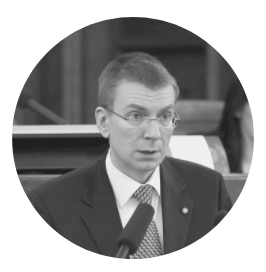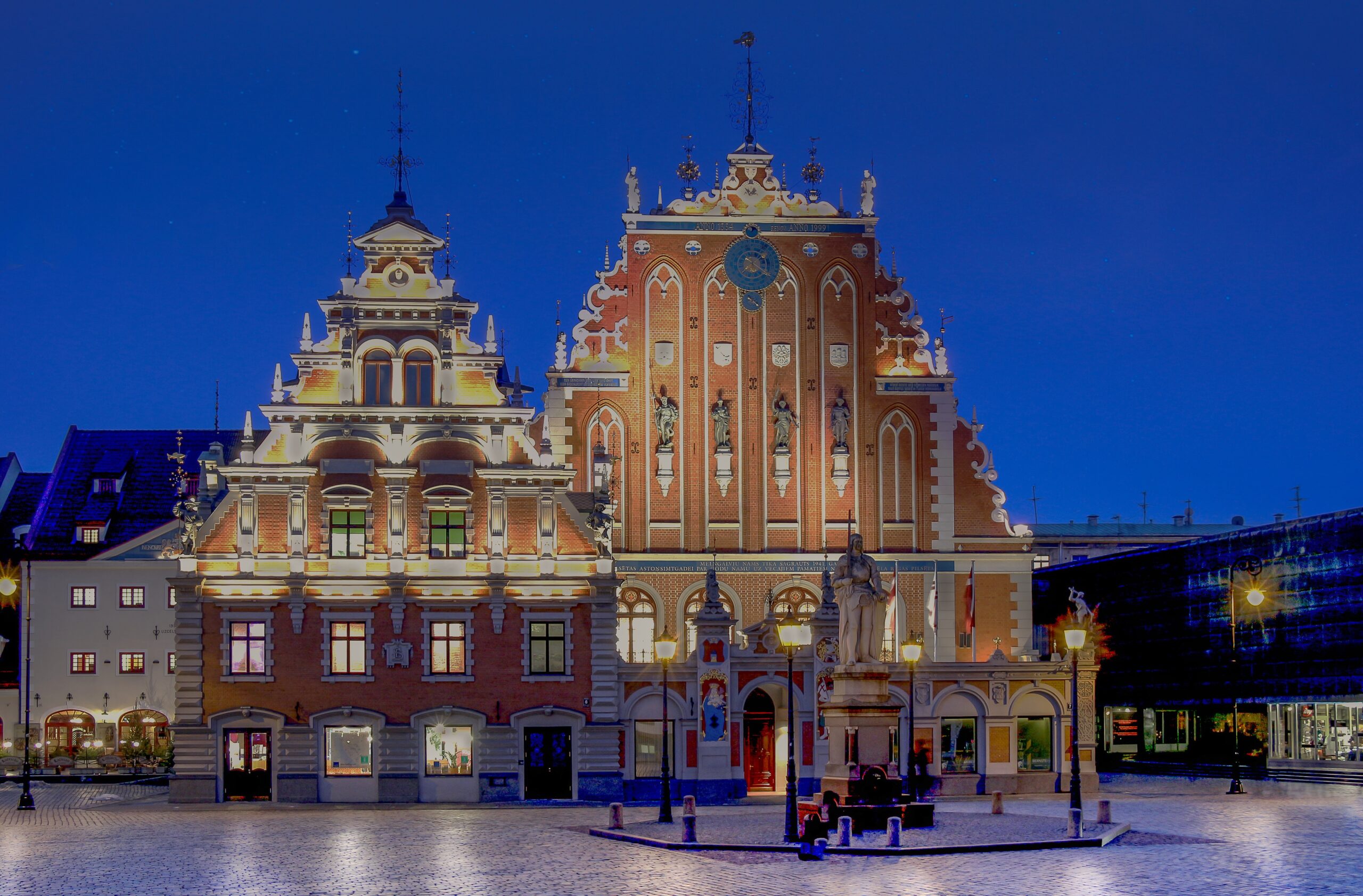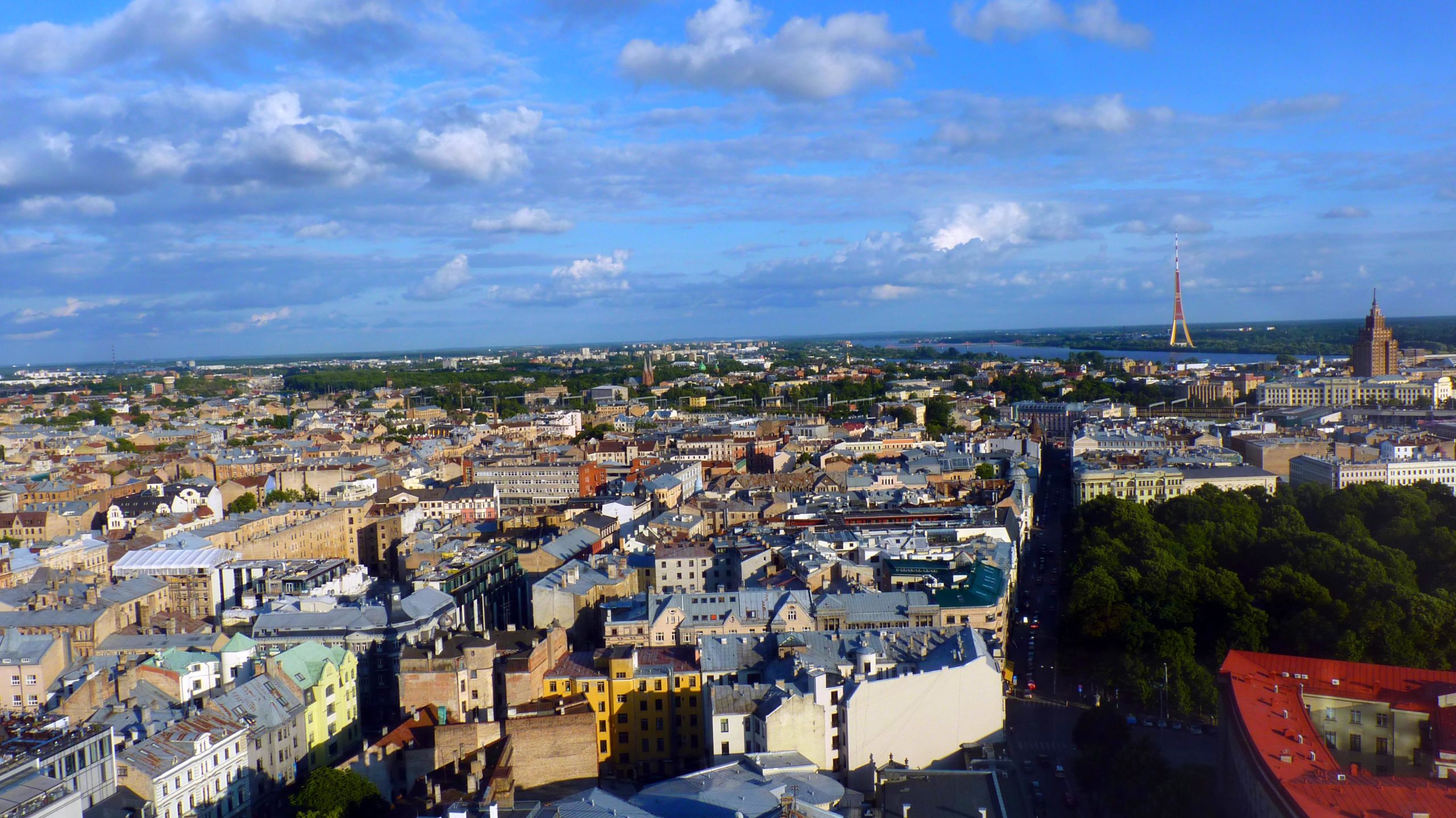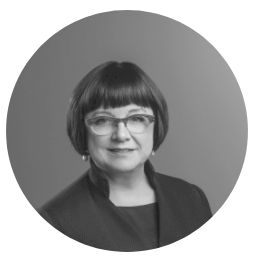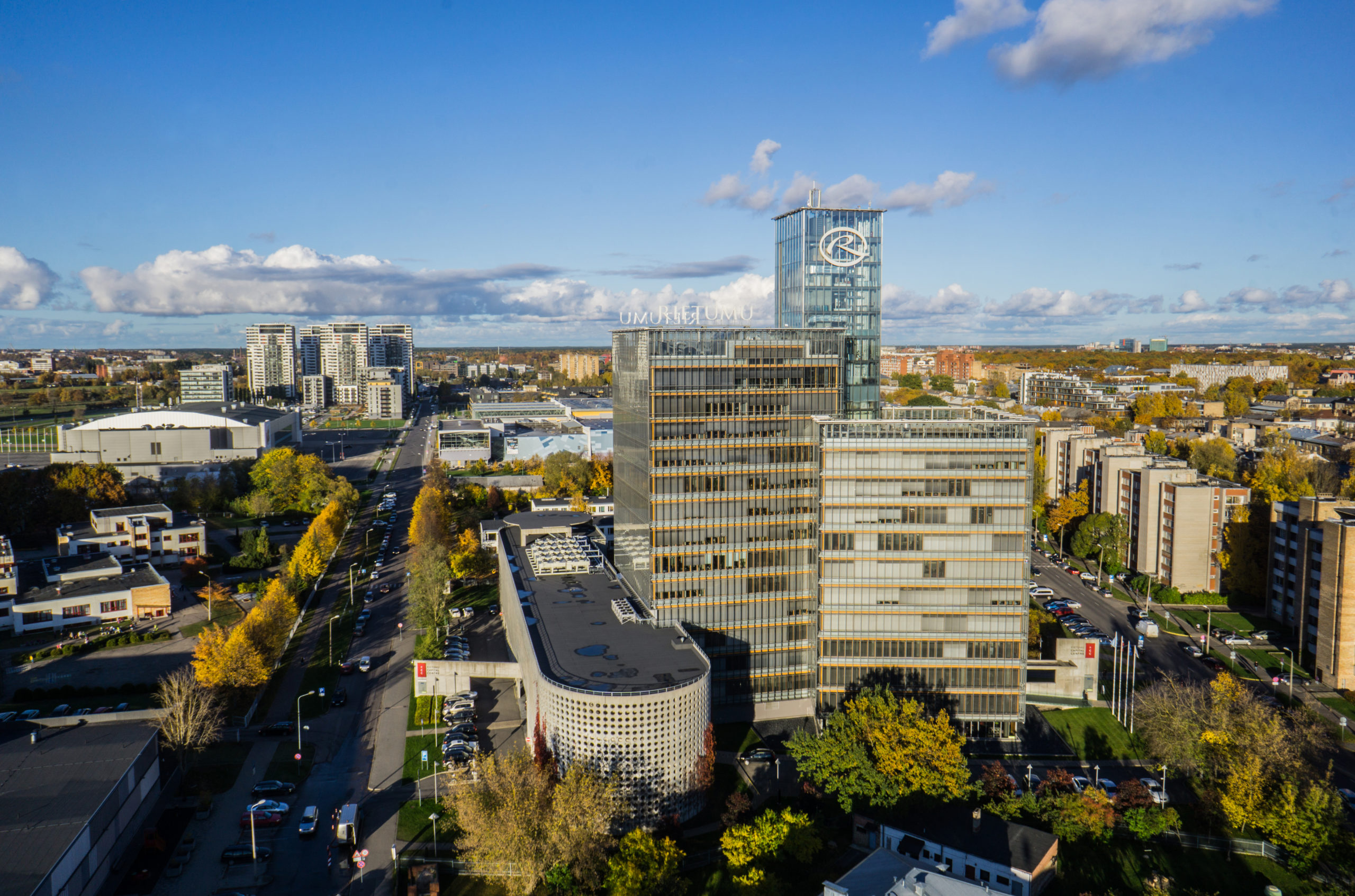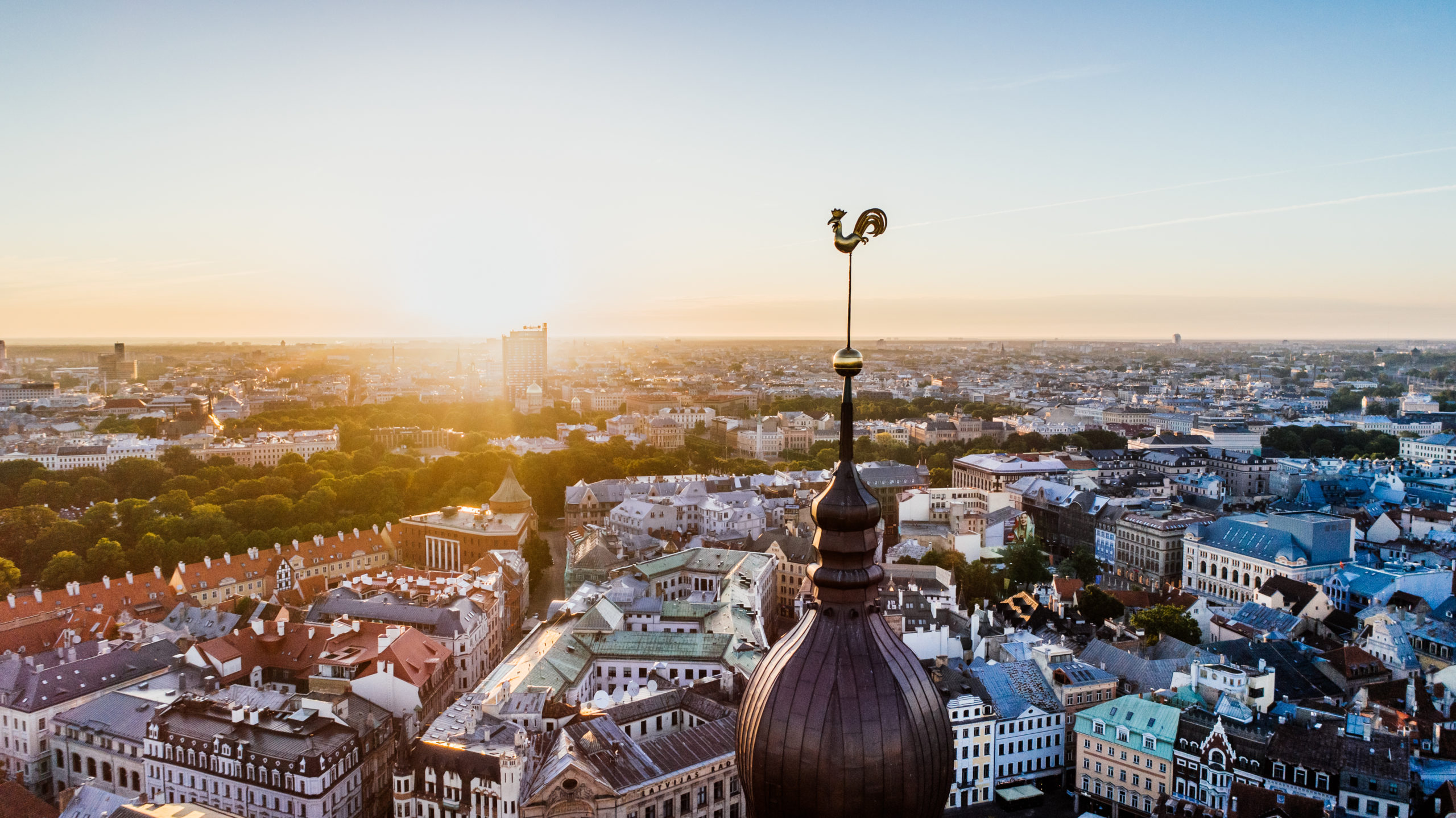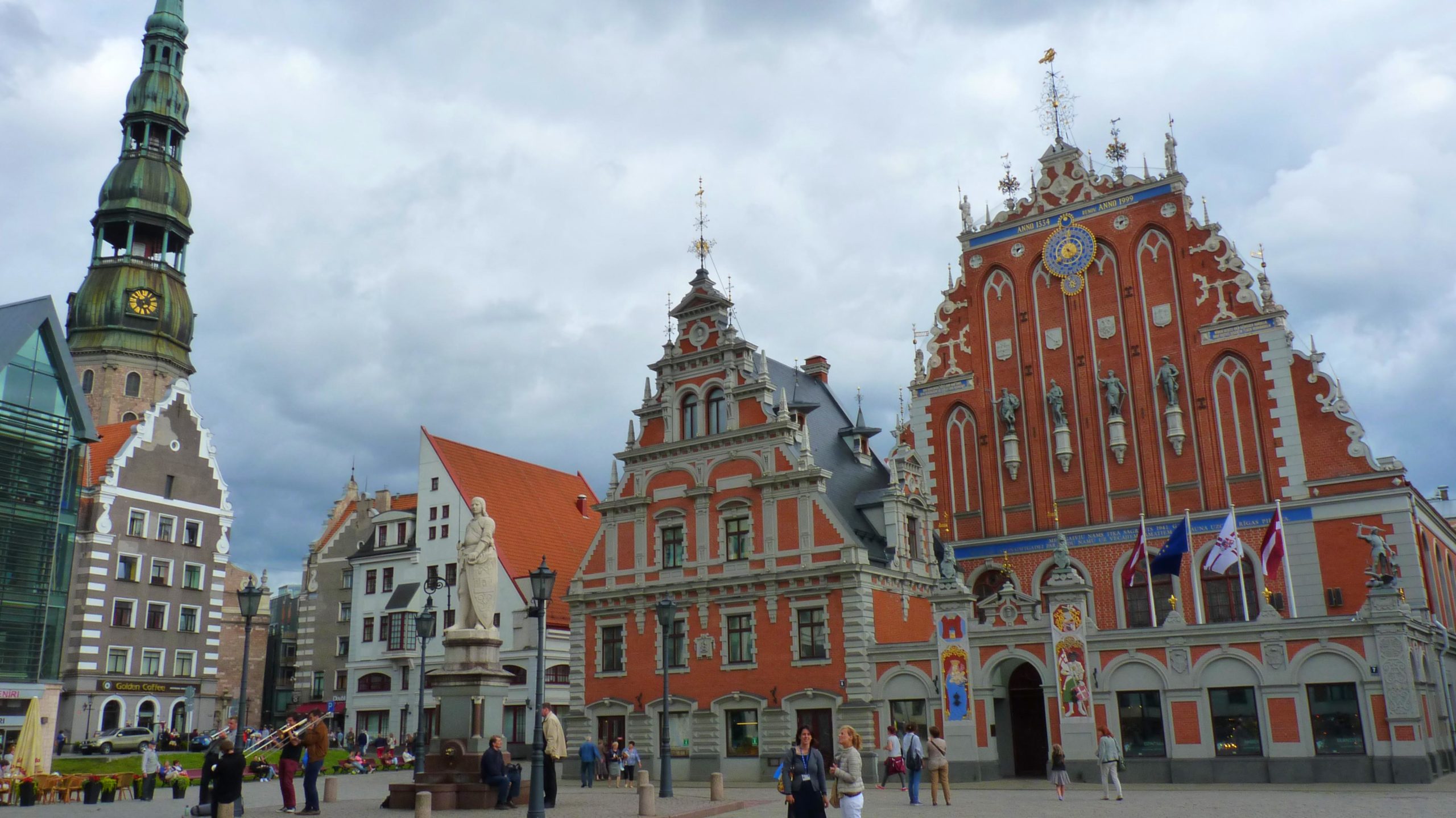 How is Serbia’s railway transport segment evolving?
How is Serbia’s railway transport segment evolving?
Serbia’s railway infrastructure system in 2018 offers safe and reliable services. It is efficient and successfully caters to a growing segment. Overall, Serbia is investing nearly EUR 5 billion to improve the transport network. This can be seen very clearly within the railway sector. Serbia continues a series of massive infrastructure investments to improve the capabilities of its railway in particular. These investments will impact the importance of the system nationally and regionally.
What improvements are being implemented to increase railway speeds?
Serbia’s railway system is extremely safe and massive projects will bring European standard speeds to the region. The rehabilitation of both Corridor X and regional lines will allow speeds to increase, and the benefits to reach all regions of Serbia. Some railway infrastructure segments which were deteriorating caused slower speeds through the Serbia. These sections are being renovated at a very fast pace in early 2018. Primarily we would highlight the Belgrade – Subotica line as one of the national flagship projects which will allow trains to reach speeds of up to 200km per hour. This will greatly improve the performance of the sector. Construction work has already commenced and is advancing quite quickly. It will be part of the Serbia Hungary new double track railway section which will improve railway freight transport. These improvements will allow an increase of transit goods from the current 12 million tons to 20 million tons per year.
What other railway projects are currently being developed?
Another emblematic project in 2018 will be the relocation of Belgrade’s main train station to a new location. The new building and facilities will be modern and were designed taking in to consideration both current needs and projected future growth. They will facilitate the implementation of future projects and allow new industries to thrive within. In addition, the new station will greatly improve the image of Belgrade and act as a new hub. It will be symbol of revitalization.
What economic diversification will the railway revitalization foster?
The railway sector is a catalyst for the Serbian economy and it goes well beyond the short term work contracted in construction. It will continuously increase the competitiveness of the nation regionally and allow many industries to develop around the new railway capabilities. In particular investors should consider the massive opportunities available and made possible through the new railway infrastructure. Some examples are within freight transit through the construction of logistic centers. There will also be concessions of the railways. An additional segment which improvement railway infrastructure will facilitate is passenger traffic. Speeds of 200 km per hour in the next four years will literally open many opportunities within the development of inter rail transport. This can greatly facilitate regional collaboration, boost tourism and allow people comfortable travel across the entire continent.



